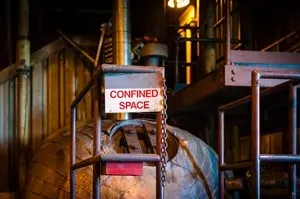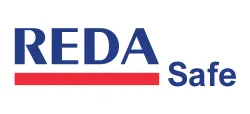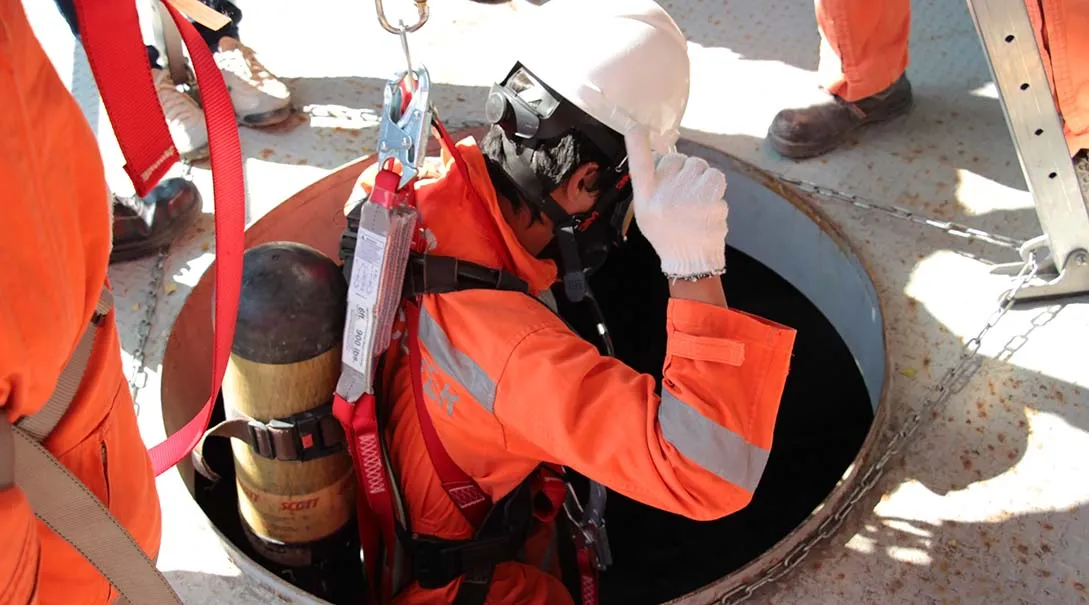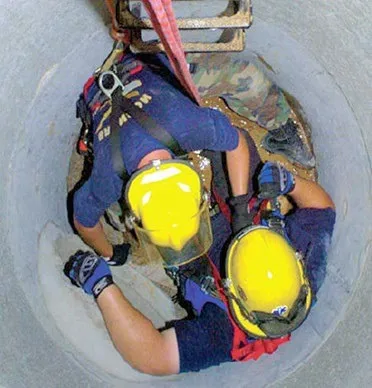Proper planning is fundamental to effective confined space rescue. Planning is critical to ensuring safe operations since rescue efforts result in most confined space deaths. A rescue plan also maintains OSHA compliance.
OSHA Confined Space Rescue Plan Requirements
Knowing Occupational Safety and Health Administration (OSHA) confined space rescue requirements is fundamental to maintaining workplace compliance. OSHA compliance requires a confined space rescue plan for any permit-required confined spaces.
Confined spaces, as defined by OSHA, are spaces that meet the following parameters:
- are sizable enough to enter
- have entry or exit limitations
- are not intended for ongoing occupancy.
One aspect of compliance is to establish and maintain confined space emergency rescue services. Even if your company meets the OSHA requirements to rely on local emergency services for these rescues, confined space rescue plan requirements mandate that you still be prepared. This planning, mandated for all permit-required confined spaces, is simply protecting yourself against imperfect in-the-moment decision-making and lack of coordination when an organized approach is needed most.
It is important that any third-party company you choose to perform confined space rescue has equipment and training specific to confined spaces, notes OSHA. The agency also notes that it is not enough to have partnered with an outside company but to feel certain that they can respond effectively if your employees are in harm’s way. That company must have a strong infrastructure, with all the rescue equipment they might need, as well as being familiar with your exact location and where your permit-required confined spaces are located.
Whether you hire someone to perform confined space rescue or set it up yourself, these key planning elements from the American Society of Safety Professionals (ASSP) can focus your efforts to meet OSHA requirements:
#1. Have a full rescue team prepared.
People often think that a confined space rescue team is unnecessary because they will be able to simply use the rescue winch the entrant is (should be) connected to and retrieve the individual in jeopardy out of the space. However, it will not work if there are multiple incidents, the entrant removes himself from the line, the space is so configured there are obstacles in the way and many other scenarios that could hinder this process. Your confined space rescue team (CSRT) could be an outside contractor, your own team, or a local emergency response. If you use your own employees, they must be trained in line with OSHA’s confined space rescue training requirements.
#2. Meet with local emergency response authorities.
When you need confined space rescue, your local authorities may not have the capabilities to respond effectively. Be sure that 911 is a legitimate solution if that is what you plan to use.
#3. Assess all confined spaces.
Your team must have a firm understanding of your confined spaces to perform fast rescues. For instance, if spaces require vertical rescues, you made need to install anchor eyebolts over the entry points. Preliminary surveys can bring powerful safety to a confined space rescue plan.
#4. Assess openings.
You need to specifically evaluate openings to keep your employees safe. Some confined spaces will not allow a rescue person wearing a self-contained breathing apparatus (SCBA) to enter and move within it. Know ahead of time how much room is available to enter.
#5. Run drills.
Regular drills should be included within your confined space rescue plan. Practicing rescue is fundamental to preparation. Drills allow the rescue team to walk through various scenarios that might arise. It also allows you to test various theories of how you should conduct confined space rescue.
#6. Establish a full-body harness rule.
Full-body harnesses are critical to confined space rescue. Make a rule that every person who enters a confined space has to be wearing a harness.
#7. Be aware that some rescues are more time-sensitive than others.
It is important to understand how urgent rescue is so you can respond appropriately. You may have a very tight window if a space is low on oxygen. The rescue becomes less urgent if someone falls within a confined space and breaks a bone. Refine your confined space rescue plan to address higher- and lower-urgency scenarios.
About Confined Space Rescue Procedures
Every confined space rescue procedure can impact your success. The specific situation will determine the procedures. As indicated above, some rescues are more urgent than others. Confined space assessments or surveys will be critical in developing your procedures too.
Another core element in the development of your rescue procedures is strong permitting procedures. OSHA-compliant permits include information that can be extraordinarily helpful to rescue efforts – such as authorized entrants, hazard control, and the exact location.
The following information must be included on the permit:
- Confined space identification
- Names of authorized entrants
- Name of the entry supervisor
- Name of the attendant (has to be present throughout space occupation)
- Names of the rescue team
- What is being done within the confined space
- Date and length of occupation
- Equipment that will be used
- How attendants and entrants will communicate
- Present and potential hazards
- Air monitoring results
- Lockout/Tagout controls for hazardous energy isolation
- What conditions make entry acceptable.
Ancillary permits are needed for confined space work in certain instances, such as when “hot work” is performed.
The creation of the rescue plan will also help you better shape the rescue procedures related to the situation. The procedures that are outlined within the plan should be determined through the collaboration of experienced parties.
The procedure for the creation of the plan should be to incorporate these considerations:
- Nature of the confined space – Where are the entrances, how big is it, and was is its layout?
- Role assignment – Who will conduct the rescue?
- Personnel – What number of people will you need on the rescue team? What training is needed?
- Materials and equipment – What do you need in the way of supplies or gear? Confined space rescue equipment requirements establish that you must-have tools that will work effectively for the specific confined spaces on your site.
- Communication procedures and equipment – What do you need to communicate, and at what points?
- External communication – When and how do you notify external emergency response?
- Monitoring – Who will monitor the space and verify entrant authorization?
- Lockout energy isolation – How will you ensure that hazardous energy is properly isolated from workers?
You will also need to consider ventilation, rescuer air supply, rigging, and perimeter controls in certain scenarios.
How to Create a Confined Space Rescue Plan?
The top factors to consider as you prepare a confined space rescue plan are the following:
- Specific space configuration
- Where it is located
- Surroundings
- Where and how wide/long entries are
- Hazards
- What personal protective equipment (PPE) is necessary
- How many entrants are authorized
- What equipment is available for rescues
- How experienced are rescue personnel
You will better know how to approach the rescue plan through assessment and understanding the configuration. Then you know if you can carry out the non-entry rescue.
By looking around the area, you can see possible anchor opportunities. Is there sufficient room for rescue system operation? When you have the victim out of the space, will you then need to get them to the ground?
Pay special attention to the entry portals. Consider hazards, using them to determine the appropriate monitoring equipment and rescue team PPE. Knowing how many entrants are authorized will impact rescue time and could mean (rather than backpack SCBAs) that you need supplied air respirators with air bottle replacements.
Finally, a review of your equipment and rescue team with respect to your rescue plan can help you make necessary adjustments.


